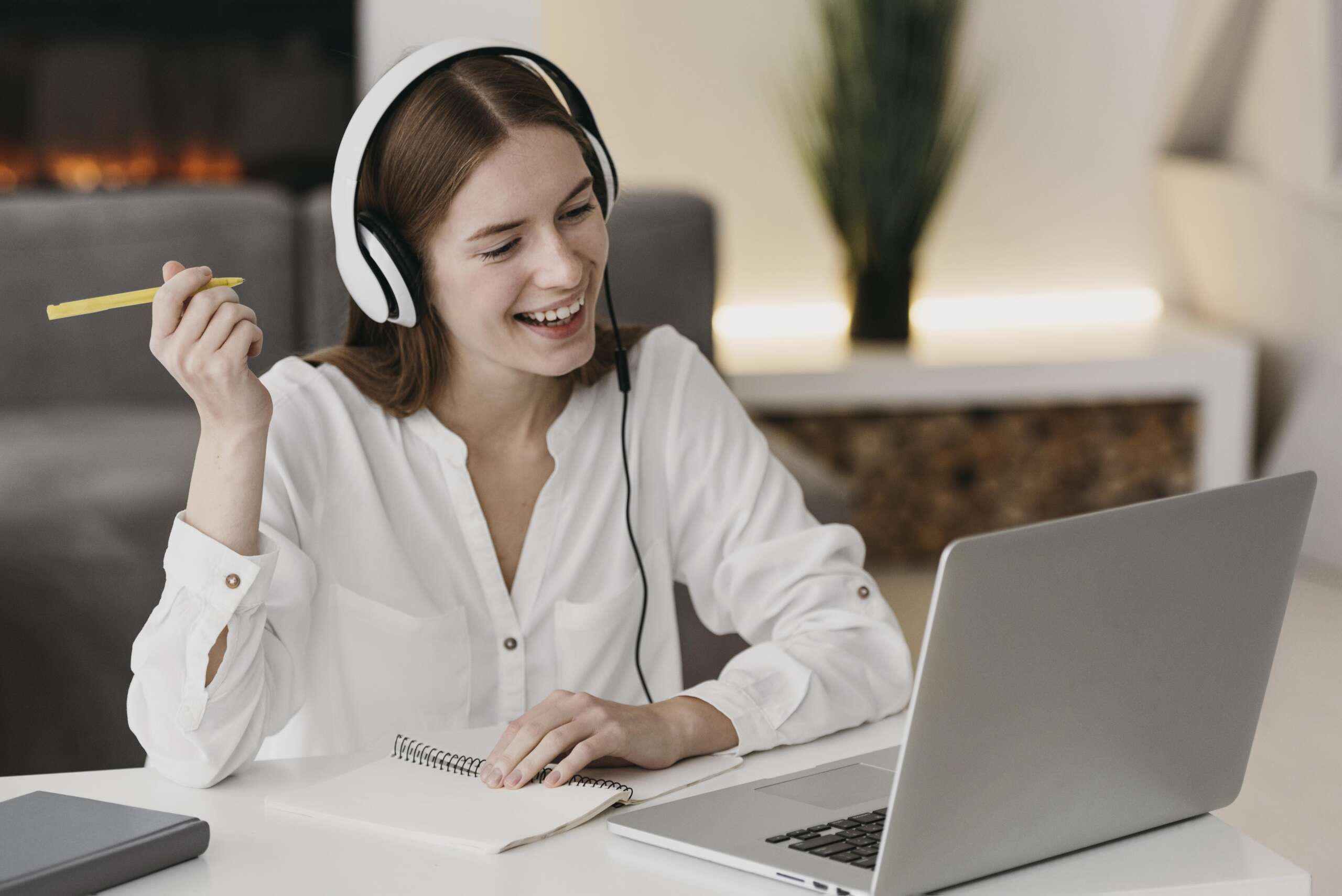Biginelli Reaction
Biginelli reaction is ring forming organic chemistry reaction which forms pyrimidones from three components aldehyde, β-keto ester, and urea in the presence of acidic conditions. The reaction was discovered by Italian chemist Pietro Biginelli in 1891.
Mechanism of reaction – Firstly, in reaction condensation of aldehyde and urea takes place, as it happens in Mannich condensation. This leads to the formation of N- acyiminium ion intermediate. This is a crucial step in the reaction, referred to as the rate-determining step. The intermediate formed is attacked by β-ketoester enol further adduct formed amine group undergoes condensation with carbonyl to form a cyclic intermediate. Finally, deprotonation occurs to form a pyrimidone product.





